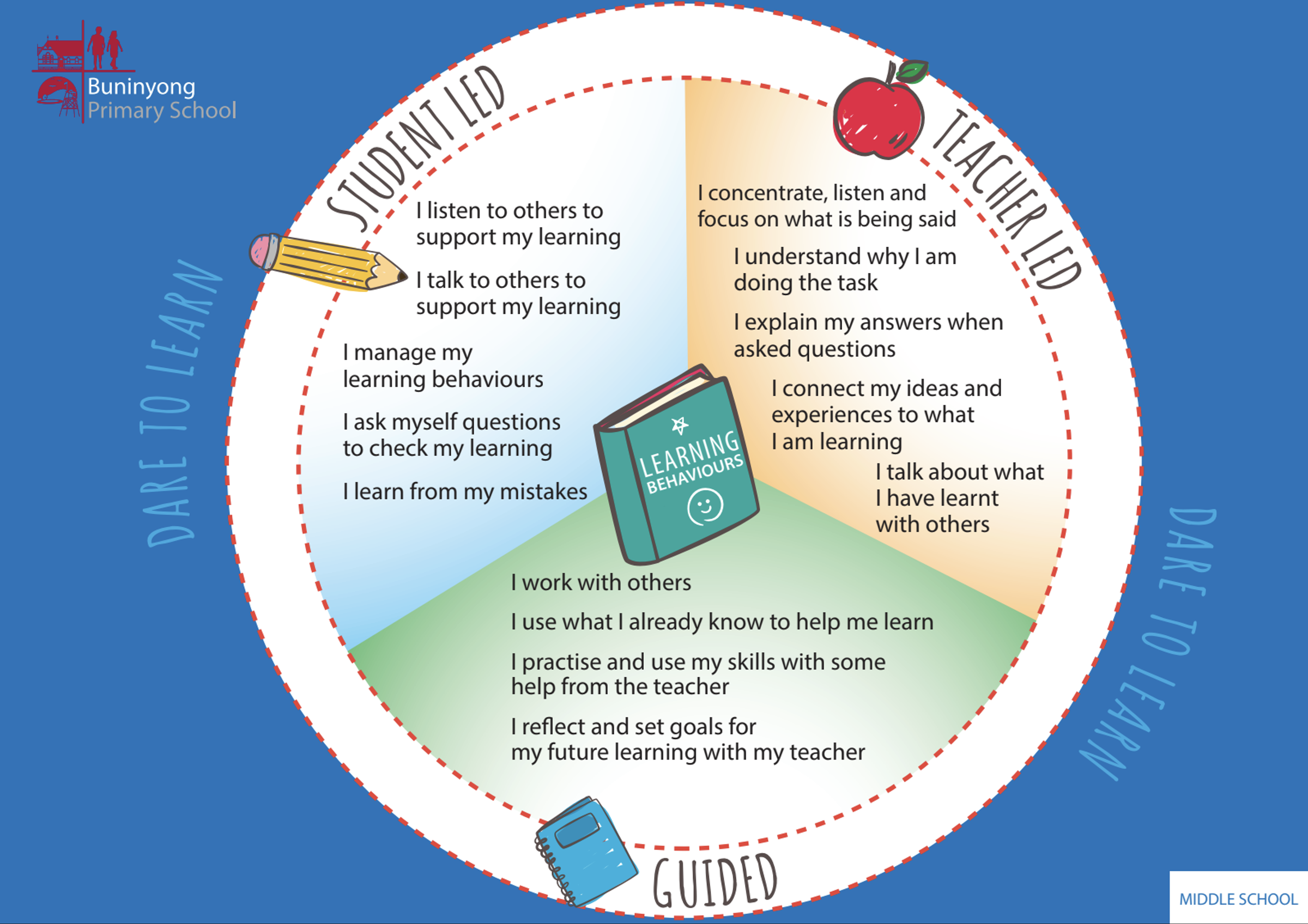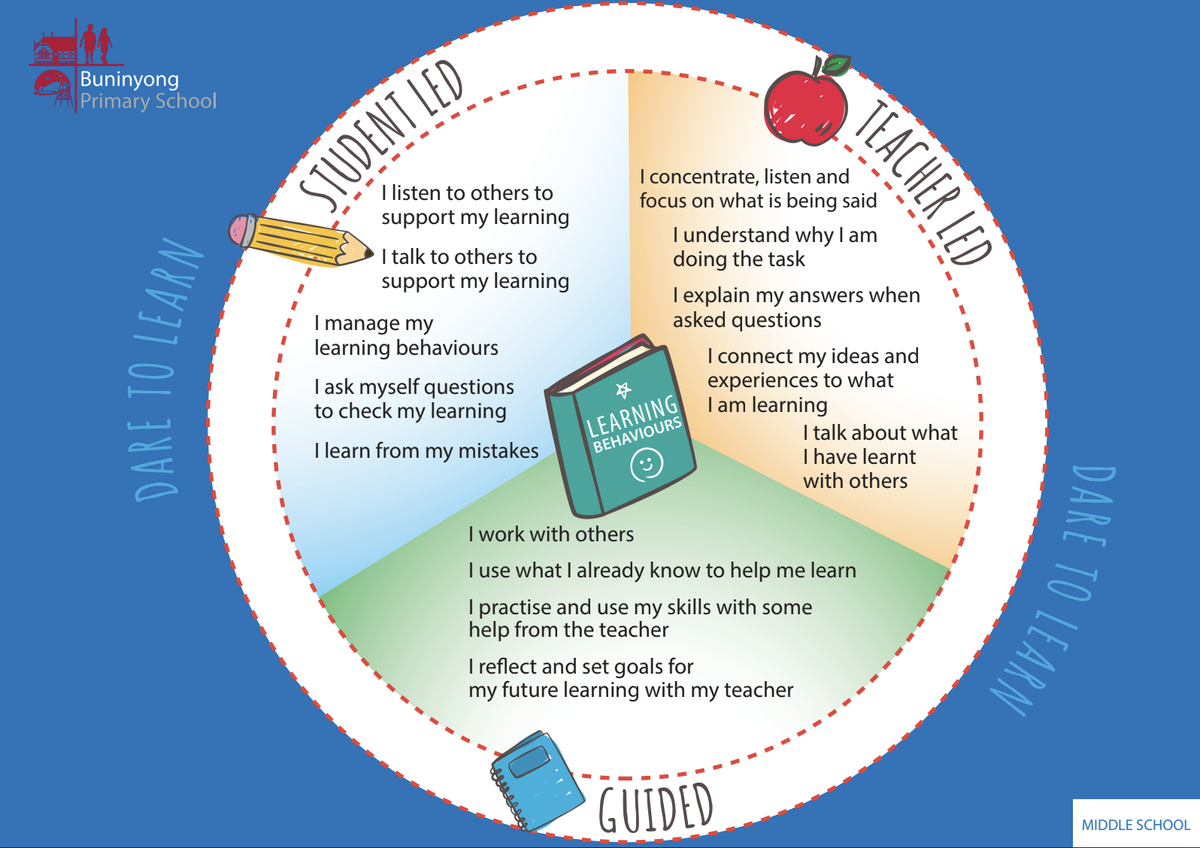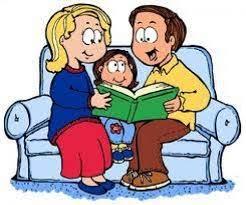Teaching and Learning

Meet and Greet
A huge thankyou to all who attended the Meet and Greet sessions last week. This was an important time for teachers and parents to share information that will support the positive transition into 2023. I know from conversations with staff that the sessions were extremely valuable.
We also send our thanks to all parents and carers who made alternative arrangements for the early finish to the school day. We know this can be an inconvenience, but we appreciate the efforts made.
Sounds Write Training
Over the coming weeks, all Prep - Grade 2 staff will be involved in Sounds Write Training. Sounds Write is a program that will be used as part of teaching foundational spelling and reading skills.
During the training period, staff will be out of the classroom once per week to complete the professional learning that comes with the program. Each teacher and team is putting plans in place to ensure the learning momentum is maintained in the classroom. We apologise for the inconvenience this may cause but hope it will continue to build on the wonderful learning opportunities already in place.
Preps Beginning Full Time Schooling
From next week our fabulous prep students will begin full time learning after a month of having a rest day on Wednesdays. I am sure there will be some exhausted students over the coming weeks and we thank parents and staff in advance for the support that will be required to get the students through the week.
Building Learning Momentum
As we work our way into the term, teachers are beginning to increase the rigour to build the learning momentum within the classroom. This will be met with a range of behaviours from the students including complete compliance through to defiance. Finding the ‘just right’ learning for all students can sometimes take a little while and often relies on the learning behaviours of the students and their sense of connectedness to the school, each other and the teacher.
So what are our learning behaviours?
Buninyong Primary School has developed a set of learning behaviours that are taught explicitly that underpin the academic learning.
The model is broken into 3 parts; Teacher Led Learning, Guided Learning and Student Led Learning
The skills below are self explanatory but a short definition of each part is as follows:
Teacher Led: This learning is controlled by the teacher and usually occurs at the beginning of the lesson or during the explicit teaching component of the lesson. It will generally involve an explanation, description and/or some modelled teaching. Students are required to actively listen and make connections between what is being explained.
Guided Learning: This learning is usually a shared experience with the teacher and student and most likely happens in small groups during the middle of the lesson. It will require students to work with the teacher or other students to build deeper knowledge. The learning is supported by the teacher and other students.
Student Led: This learning occurs through the middle of the lesson and invites students to practise for mastery. Students work independently to apply their newly acquired knowledge or skills. It relies on the students to show persistence, motivation and self reflection skills.
Supporting Your Child’s Reading at Home
Reading together is a valuable thing to do. Reading increases your child’s vocabulary, expands your child’s understanding of the world, and gives them confidence when using language. Reading is also an important way to make the link between spoken words and written words.
Here are some general tips:
• Set aside time for reading every day. Reading before bedtime is a good habit to get into.
• Position yourself so your child can see the words and the pictures.
• Run your finger across the page with each word to help your child identify and remember words and sounds.
• Share wordless picture books to develop imagination, ideas, and vocabulary by naming and describing things in pictures.
• Look for rhyme, rhythm, or repetition in books. This will help develop your child’s love of language.
• When reading to your child, read stories with expression, or try putting on the voices of characters. This will help make reading fun.
• Point out important features of a book – for example, the words and pictures, the front cover, the spine, the contents page, or the title.
• Discuss the meaning of unknown words that children hear and read. Explore words using a dictionary. Have a discussion and ask questions about interesting words you find, for example, “It says here she ‘tumbled’ down the hill. How do you think she went down the hill?” It says here “He read a ‘good’ book. What is another word we could use besides good?”
• Encourage your child to take over some or all of the reading if they feel confident.
• If your child is confident with their reading, allow them to read without interruption. Fluency is gained with confidence.
• Give your child the opportunity to re-read books.
Book chat
Discussing the content and meaning of books is an important part of reading. Chat about the book before, during, and after reading, and encourage your child to share their ideas and to ask questions about the book. Making links across the text by asking guiding questions encourages children to think about what they are reading.
Here are some questions you can ask before, during and after reading the book:
• Look at the cover. What do you think this book might be about?
• Where does the story take place? What is the setting?
• How would you describe the character (at the beginning/end of the story)?
• What is happening in the pictures?
• What do you think is going to happen next?
• Why might a character have done this? What would you do in the same situation?
• Who was your favourite character in the story? Why did you like that character?
• What was your favourite part of the book?
• Can you try to retell the story to me in your own words?
Helping your child work out difficult words
When your child begins to read to you, they will often have difficulty with tricky words. The following strategies will help them develop self-correcting skills and assist with their understanding of the text. It is important to give your child time to work out difficult words themselves, because children can often self-correct if given the time. They read more slowly than we do and need the time to work it out. Let the child persist a little, prompt by giving a hint such as “what is the first sound in that word?”
Questions to help prompt may include:
• Let’s look at the word. What letter (or letters) does the word start with? What sound does that letter (or letters) make?
• What letters are in the middle of the word? What sound do these letters make?
• What letter (or letters) does the word end with? What sound does that letter (or letters) make?
• Can we put those sounds together to work out a word?
• Look at the picture. What object can you see in the picture that might start with that letter?
• What do you think this word might mean? What is another way of saying that? If the above prompts are not working, you can simply say: “The word is…”.
An important aspect of learning to read is praising children’s repeated attempts. Praise can be specific, for example, “Well done on re-reading that sentence, you worked out that word by yourself” or general praise such as “You are trying really hard, well done.” Another good strategy is to ask your child how they worked out the word. This helps reinforce reading strategies they learn from you and from school.


